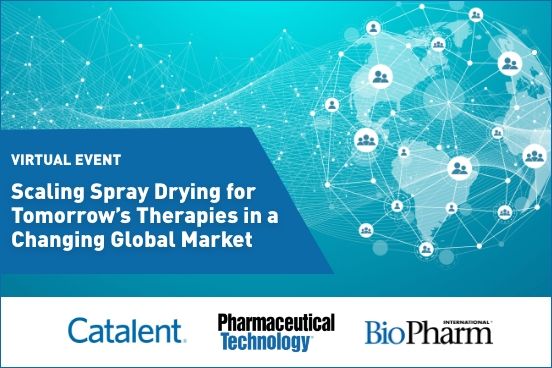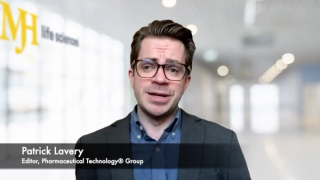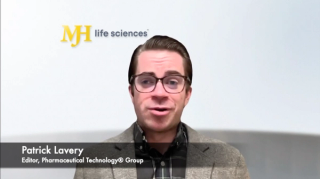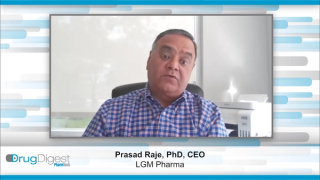
Manufacturing
Latest News

Latest Videos

More News

At CPHI and AAPS, Ashland plans to detail the impacts of its advanced excipients: ultra-low nitrite materials curb nitrosamine risk, while high-purity sucrose stabilizes complex biologics.

Take this quiz to test your comprehension of one of our recent feature articles.


The company will also highlight its sustainability strategies and quality solutions at the event.

Webinar Date/Time: Tue, Nov 4, 2025 12:00 PM EST

This issue showcases strategies that organizations are adopting to stay competitive as pressing industry trends shape the sector.

AstraZeneca’s $4.5 billion investment in Virginia expands its US drug manufacturing footprint, creating 3600 jobs and integrating AI for cancer and metabolic therapies.

The increasing diversity and complexity of injectable drug products is driving innovation.

Webinar Date/Time: Wed, Nov 5, 2025 11:00 AM EST

Webinar Date/Time: Wed, Nov 12, 2025 11:00 AM EST
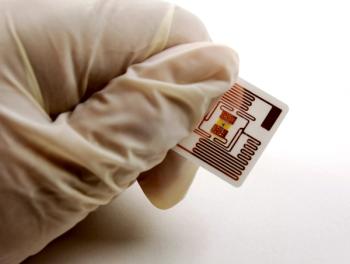
The new label for prefilled syringes, in conjunction with innovations from SCHOTT Pharma, enables integrated tamper-evidence and digital tracking across the supply chain.

At the Cell and Gene Meeting on the Mesa, a panel discussion was held on advanced therapy production and how it demands modular platforms, automation, and data governance to drastically improve patient access and affordability.

The growing demand for liquid medicines is increasingly driven by the unique needs of several distinct patient groups, improving compliance in these demographics through flexible, palatable dosing options.

This article takes a look at the developing use of AI in pharmaceutical development and manufacturing.

Webinar Date/Time: 10/24/25 at 9am EDT

Sept. 30 marked 61 days since July 31, one day past the timeframe President Donald Trump had set forth for companies to lower prescription drug prices in the United States.

The 100% tariff on imported drugs will pressure pharma companies to build manufacturing sites in the US or face significant costs.

The dispute shines a light on the vulnerability of long-established drugs to renewed safety scrutiny: Even when causal evidence is lacking, observational findings can influence policy and public perception.

While plastics have revolutionized pharmaceutical packaging, that evolution within the industry has come at a cost.

Pharmaceutical Technology® spoke with Todd Sprouse, associate director, Analytical Services, and Erik Feldmann, PhD, principal technical advisor, Client Solutions & Proposals, both with Cambrex, to find out more about the challenging situation.

Bram Baert, global head of Regulatory Affairs at Lonza CHI, gives his perspective on the impact of the EC’s decision on the use of TiO2 in drug products.

Merck’s Sanat Chattopadhyay called for stronger leadership, data-driven oversight, and shared accountability to raise pharmaceutical quality standards.

AI can offer a strategic blueprint for GxP compliance, risk mitigation, and human-led operational excellence.

Bothe data integrity and quality of data are critical for drug discovery, manufacturing efficiency, regulatory compliance, and patient safety.

More than 700 out of 1000 senior executives surveyed believe that next-gen supply chains should be among the top tech priorities for life sciences organizations.




